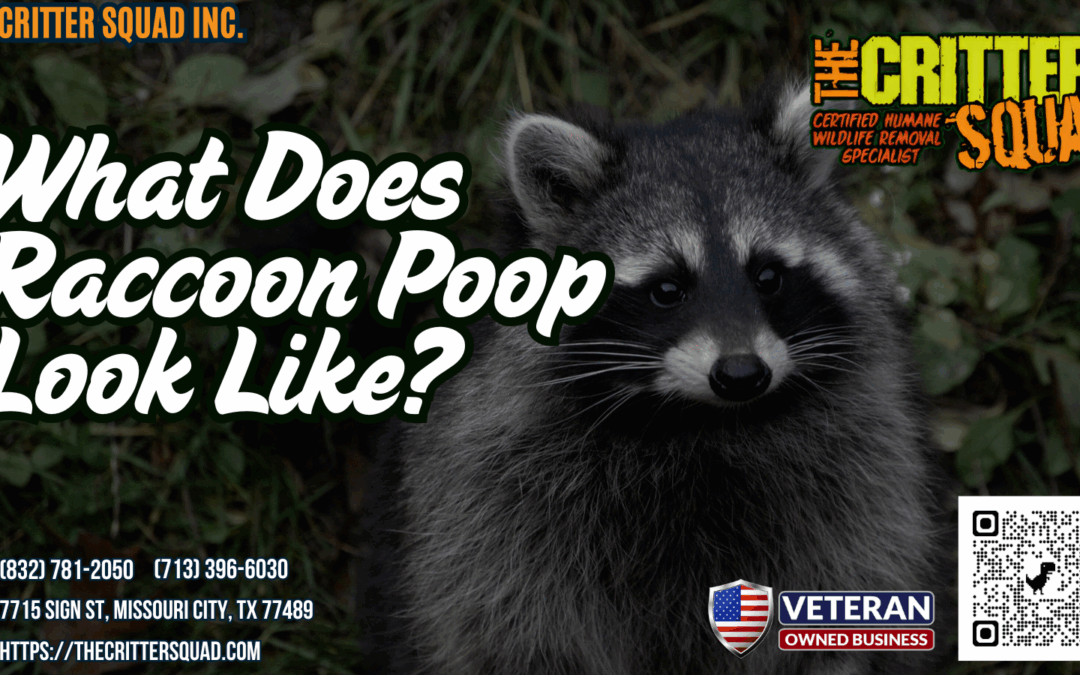Raccoon poop is cylindrical, measuring 1 to 2 inches in diameter, and often tapers at one end. The color typically ranges from dark brown to black, influenced by the raccoon’s omnivorous diet, including fruits, nuts, and scavenged human food. Healthy fecal matter appears compact and tubular, while softer droppings may indicate dietary issues. Understanding the characteristics of raccoon feces can provide insights into their behavior and ecological impact, inviting further exploration into this topic.
Key Article Highlights
- Raccoon feces are cylindrical, measuring 1 to 2 inches in diameter and often tapering at one end.
- The coloration of raccoon poop ranges from dark brown to black, influenced by their diet.
- Healthy raccoon droppings are compact and tubular, while softer feces may indicate dietary issues.
- Raccoon feces may contain undigested food remnants, revealing clues about their diverse omnivorous diet.
- They are commonly found in communal areas, indicating territory and social behavior among raccoons.
Physical Characteristics of Raccoon Poop
Raccoon feces, also known as raccoon latrines, exhibit distinctive physical characteristics that aid in identification. Typically, these feces are cylindrical and can measure between 1 to 2 inches in diameter, often tapering at one end. The coloration varies from dark brown to black, depending on the raccoon’s diet, which includes fruits, vegetables, and small animals. In urban habitats, raccoon behavior often leads to the deposition of feces in communal areas, creating identifiable latrines that serve as markers for territory. These latrines may also contain undigested food remnants, further assisting in the identification process. Understanding these characteristics is essential for wildlife management and urban planning, as it helps mitigate potential human-wildlife conflicts and promotes coexistence in shared environments. Additionally, the presence of raccoon feces can indicate nearby raccoon nesting habits, which is crucial for assessing potential risks to human health and property. Moreover, identifying raccoon feces can assist in humane raccoon trapping efforts, allowing for more effective wildlife control measures.
Color and Texture Analysis
The color and texture of raccoon feces provide significant insights into the animal’s diet and health. Typically, raccoon poop exhibits a range of color variations, including dark brown to black, often influenced by the types of food consumed, such as fruits, nuts, and small animals. The presence of undigested food items can result in lighter shades or specks within the feces. Texture differences can also be noted; healthy raccoon droppings are generally compact and tubular, while softer or mushy feces may indicate dietary issues or health concerns. Observing these characteristics can aid wildlife professionals and enthusiasts in evaluating raccoon populations, their feeding habits, and potential health challenges, ultimately contributing to effective wildlife management and conservation efforts.
Size Comparison With Other Animal Droppings
Comparative analysis of raccoon feces size reveals notable differences when juxtaposed with droppings from other common wildlife species. Raccoon droppings typically measure about 1 to 2 inches in diameter and can vary in length. In contrast, the size comparison with other animal droppings indicates distinct characteristics:
- Deer Droppings: Smaller, about 0.5 inches in diameter, often pellet-shaped.
- Dog Droppings: Generally larger, averaging 2 to 3 inches in diameter, with a more elongated appearance.
- Squirrel Droppings: Much smaller, around 0.25 inches in diameter, resembling small, dark pellets.
Understanding these size differences is essential for wildlife enthusiasts and urban planners, as it aids in proper identification and management of local ecosystems.
Dietary Indicators in Raccoon Feces
Dietary indicators in raccoon feces provide valuable insights into their omnivorous feeding habits and ecological role. Analysis of fecal matter reveals a diverse diet, often including fruits, nuts, insects, and small vertebrates. In urban environments, raccoons exhibit urban foraging behavior, scavenging for human food waste, pet food, and garden plants. This adaptability highlights their opportunistic nature and ability to thrive in human-altered landscapes. The presence of specific food items, such as corn or berry seeds, can indicate seasonal dietary habits and local food availability. By studying these dietary indicators, researchers can better understand raccoon populations’ ecological impact, their interactions with urban ecosystems, and the importance of wildlife management in maintaining healthy urban biodiversity.
Health Implications of Raccoon Droppings
Raccoon droppings pose significant health risks due to their potential to harbor various pathogens. These droppings can facilitate parasite transmission to humans and pets, leading to serious health concerns. The following pathogens are commonly associated with raccoon feces:
- Baylisascaris procyonis: A roundworm that can cause severe neurological damage if ingested.
- Leptospira: Bacteria responsible for leptospirosis, which can lead to kidney and liver failure.
- Salmonella: Bacteria that can cause gastrointestinal illness, leading to symptoms such as diarrhea and fever.
Awareness of these health risks is vital for individuals working in wildlife management or areas frequented by raccoons. Preventative measures, such as proper sanitation and avoiding contact with droppings, are essential for minimizing exposure to these pathogens.
Frequently Asked Questions
How Can I Safely Remove Raccoon Poop From My Yard?
To safely remove raccoon feces from a yard, individuals should employ proper safety precautions, such as wearing gloves and masks, and utilize effective cleanup methods, including disposal in sealed bags and disinfecting the affected area thoroughly.
Do Raccoons Poop in the Same Spot Regularly?
Raccoons exhibit distinct poop habits, often returning to the same locations for defecation. This behavior is driven by territory marking and communication, demonstrating their social nature and preference for consistent latrine sites within their environment.
What Time of Day Do Raccoons Typically Defecate?
Raccoons, exhibiting nocturnal habits, typically defecate during the night. This behavior aligns with their overall nocturnal lifestyle, allowing them to remain active in search of food while minimizing exposure to predators and human disturbances.
Can Raccoon Poop Attract Other Pests or Animals?
While some may underestimate the significance of raccoon droppings, their presence can indeed attract various pests or animals, driven by raccoon behavior. This attraction often results from the scent and organic materials contained within the feces.
How Can I Tell if Raccoon Poop Is Fresh?
Determining the freshness of raccoon feces involves observing signs such as moisture, odor, and color. Fresh poop typically appears dark and shiny, indicating recent raccoon behavior and potential nearby activity, warranting further investigation.




























